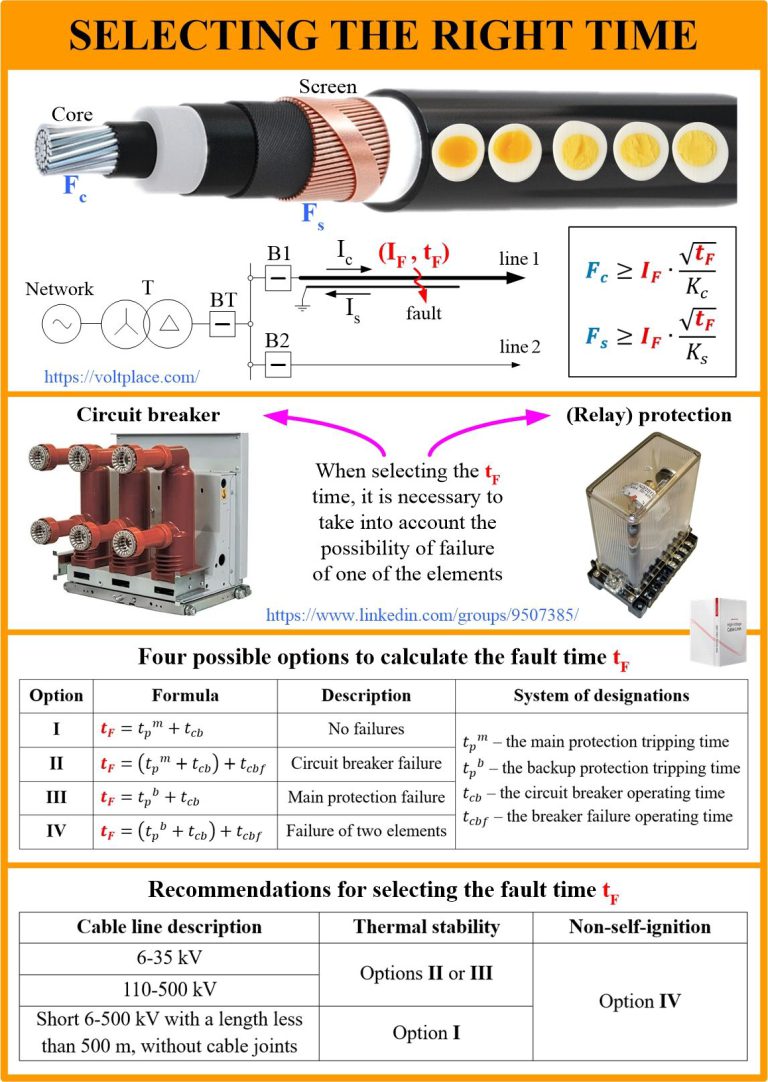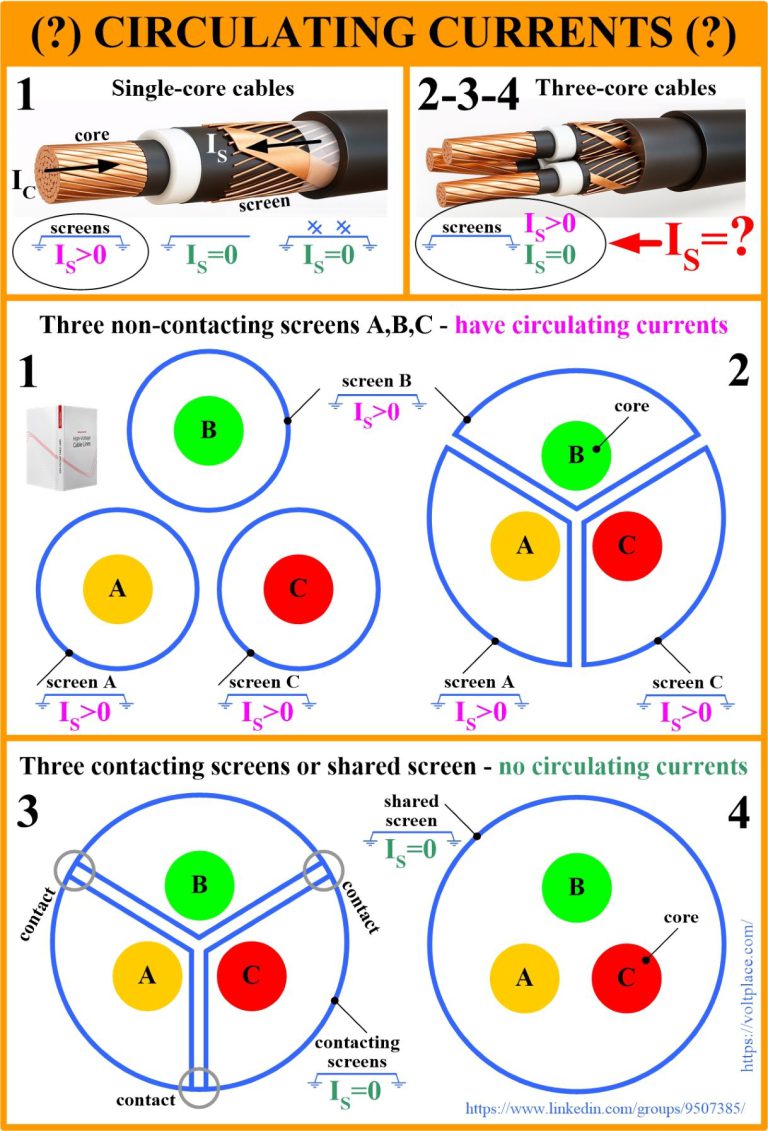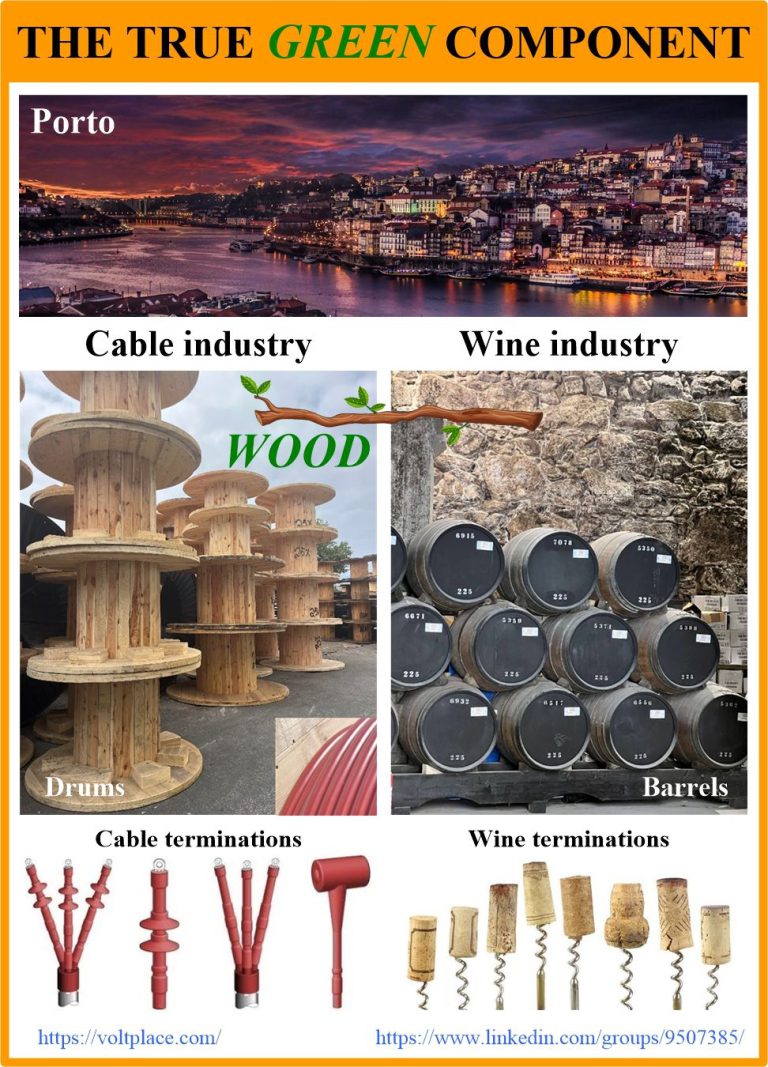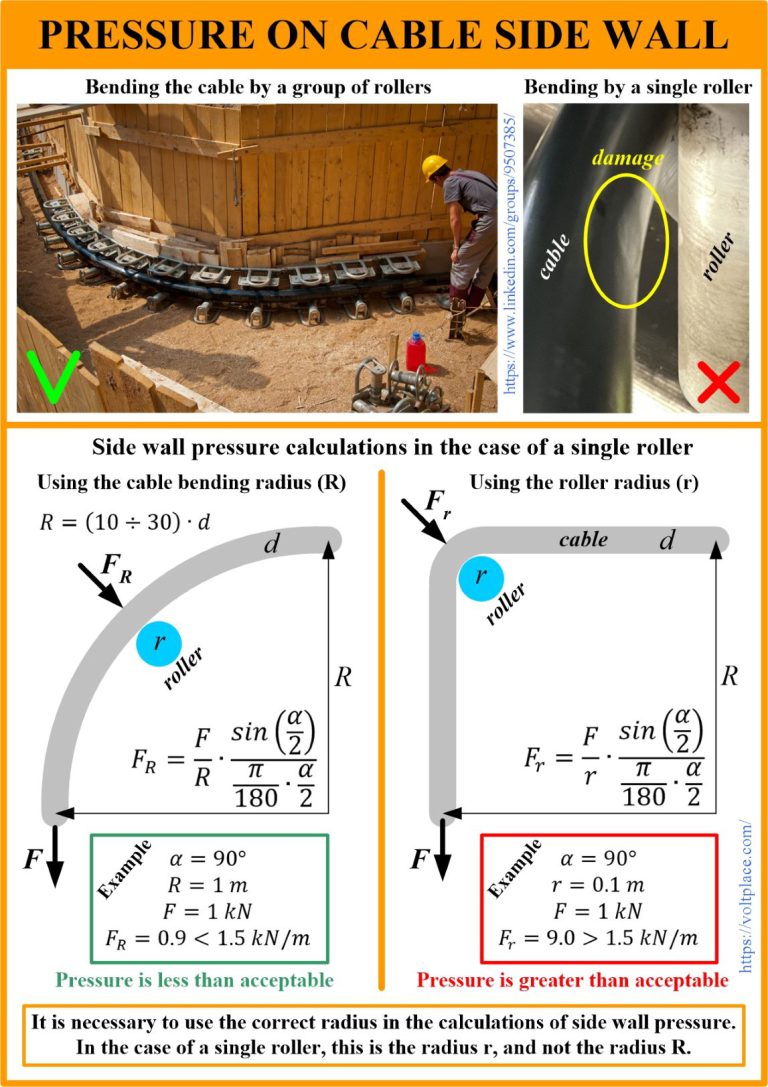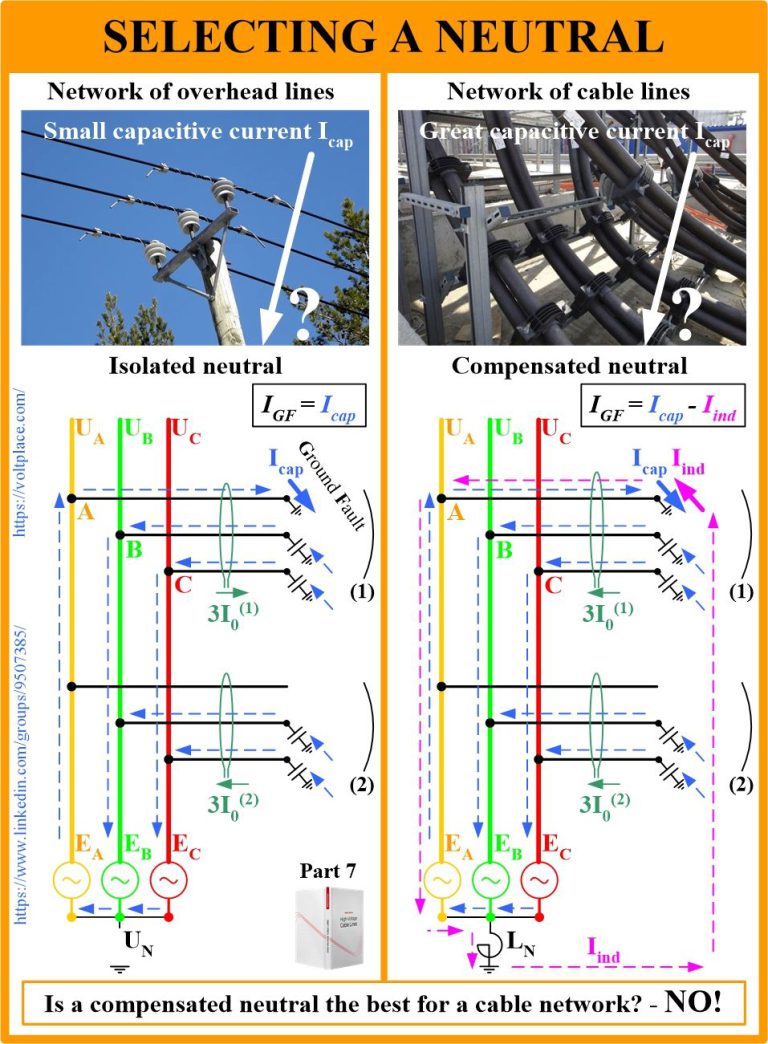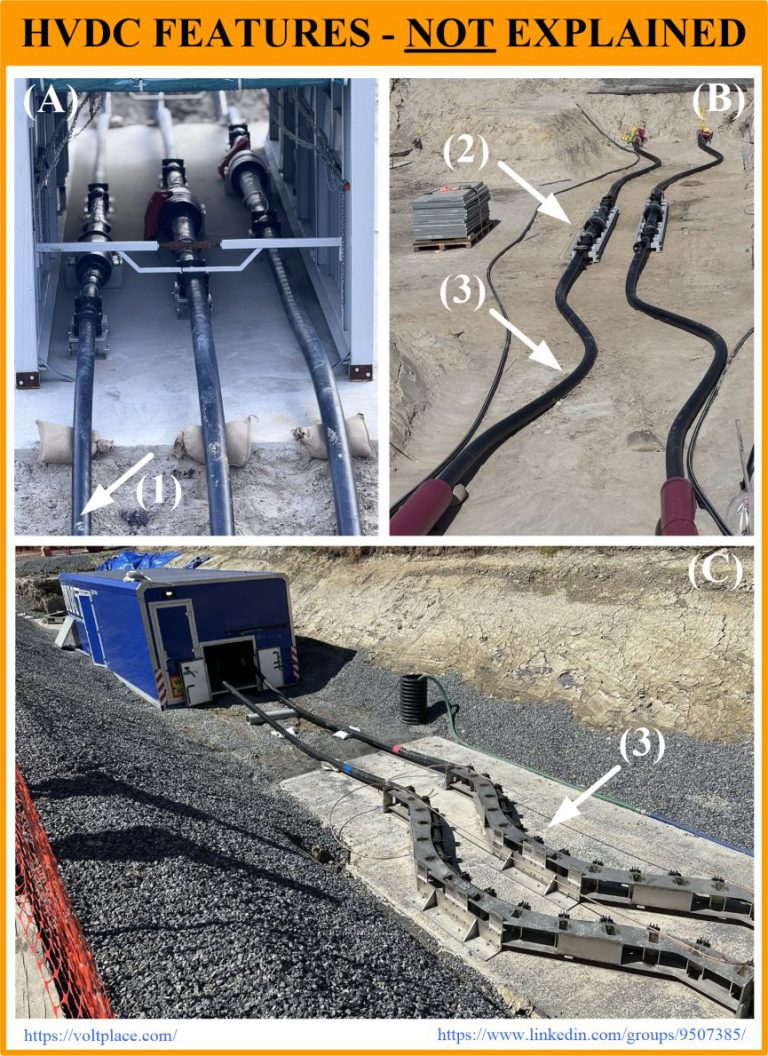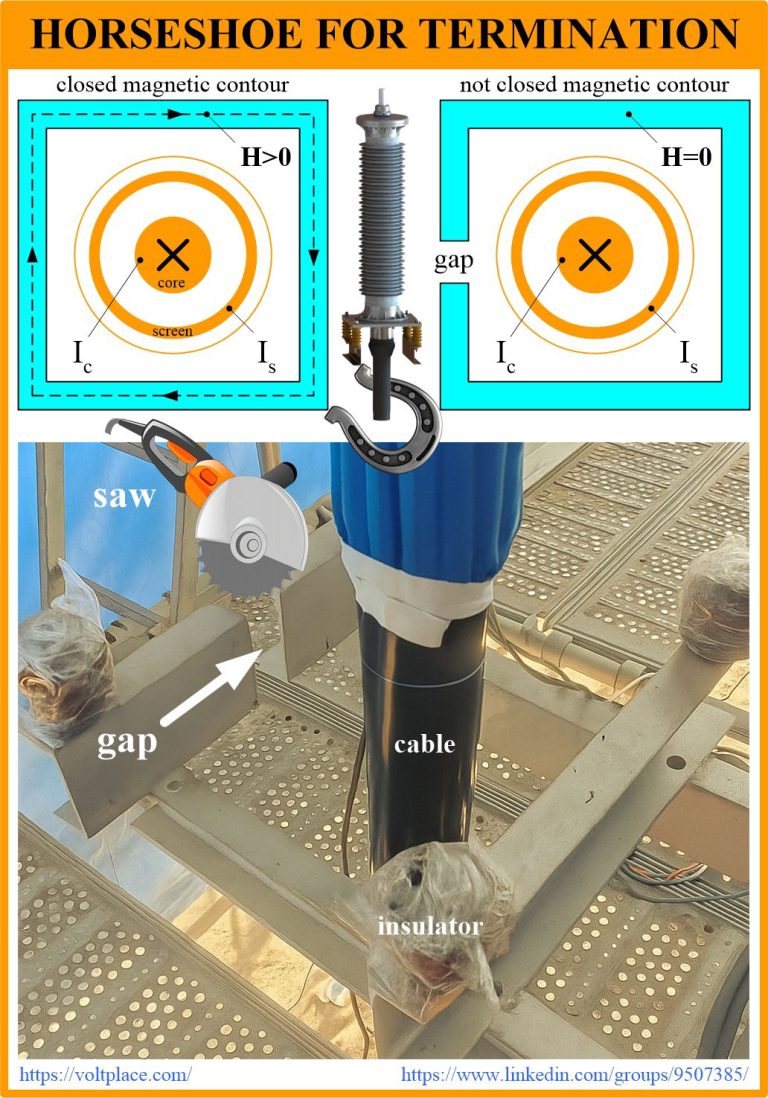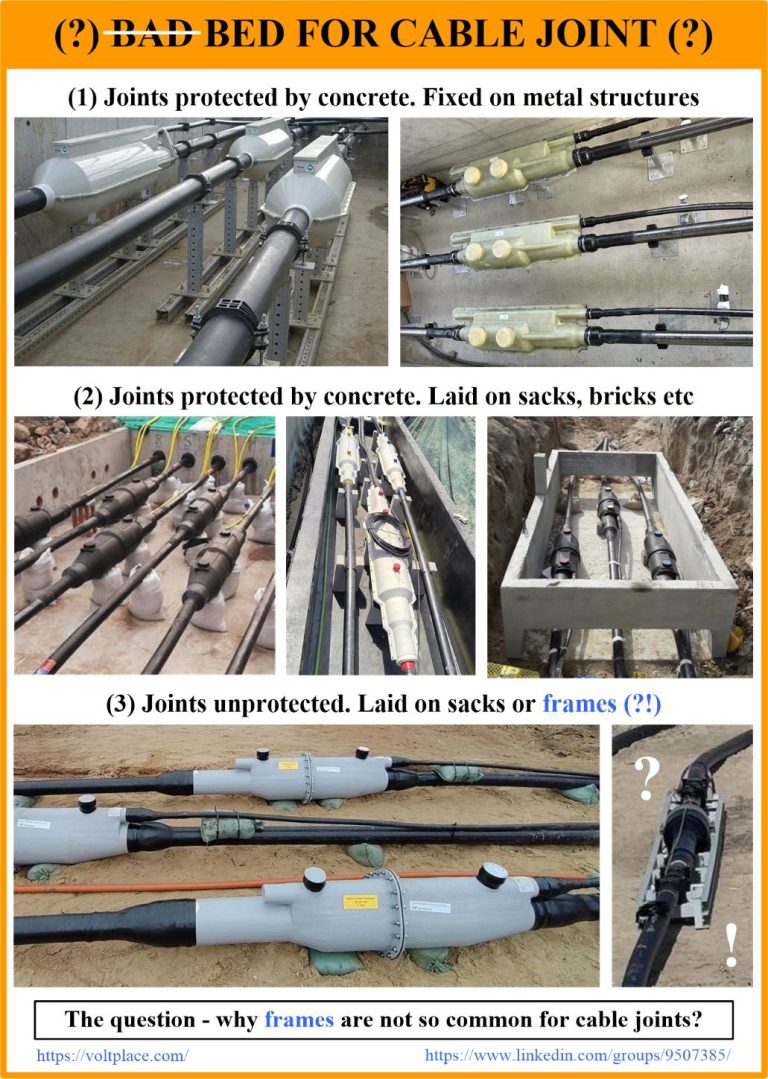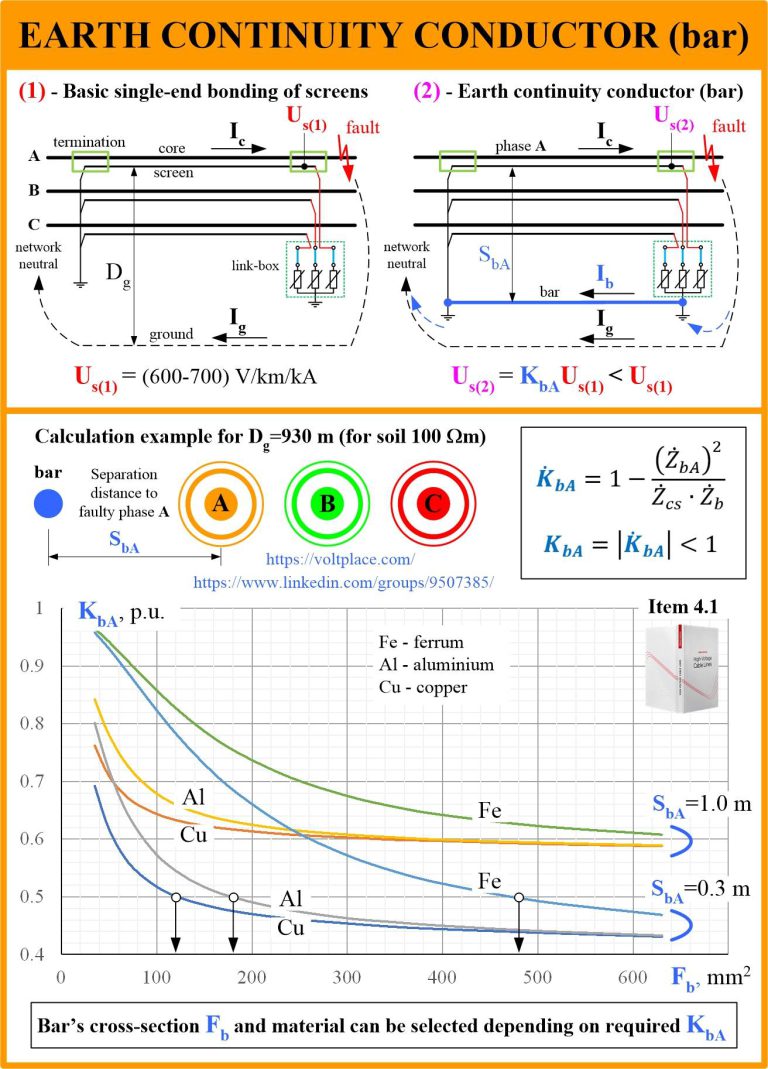Short circuit duration for cable selection
If the cable insulation is damaged, the current in the cable core (Ic) and the current in the cable screen (Is) can reach the value of the network short-circuit current. One of the important steps in selecting a cable core and screen is to check their resistance to short-circuit (fault) currents, taking into account the

